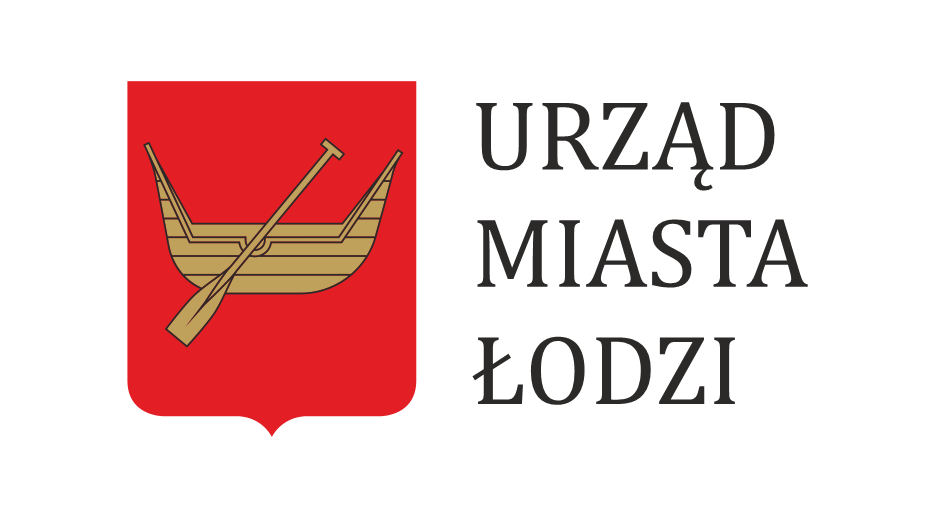Nature of the City

5. WOŚP Square
A common problem that modern cities face today is the level of concrete surfaces in public spaces. Łódź is focussing on this particular challenge by introducing greenery in the historic city centre to counteract climate change, eliminate the urban heat island phenomenon and increase water retention, while improving the quality of life of residents. Importantly, business willingly joins the activities of partial removal of concrete surfaces in characteristic points of the city, contributing to the creation of a friendly environment.
WOŚP Square is a good example of that model of cooperation, involving six participants: Puro Hotels, Commerzbank, MakoLab, Orange, Warimpex, PWC. The idea of the project was to make the space as green as possible, without compromising functionality of the city square. Concrete slabs were replaced with compositions of green islands, enriched with small architectural elements.
Łódź was awarded for giving a new shape to this part of the city, when the fourth edition (2023) of the City with Climate competition was held.

6. City parks
There are 42 public parks in Łódź, 21 of which are cultural monuments. Within the city's area there is also a unique example of a historically preserved forest complex in Europe - the Łagiewnicki Forest. Additionally, there are created the so-called forest parks, which together cover an area of over 150 ha. The intention of creating such spaces was to preserve as many as possible of the city's green spaces, to protect them from residential development.
The creation of a network of high-quality parks, forests and recreational green areas for residents have a positive impact not only on the condition of the natural environment (reducing smog, providing aeration corridors in the city, improving air humidity), but also on improving the quality of life of Łódź residents (possibility of active rest and physical impact on health).

7. River valleys
Without rivers, there would be no Łódź as we know it today. They once constituted an important element of the infrastructure of the textile industry, today they are hidden underground or flow in canals. Interestingly, there are several rivers hidden under the city's surface. The city is taking steps to regain them for the inhabitants of Łódź, so that they become valuable places for recreation and rest.
The motive for this initiative was the project of bringing to the surface the Lamus River, which received funding directly from the European Parliament. The investment element there is extended by the educational aspect - increasing kowledge of inhabitants about river ecosystems, the importance of retention and blue-green infrastructure in the city. This will not be the only project of this type: concepts are being developed for restoration of three other river valleys - Ner, Łódka and Jasień.
Rivers remaininig on the city surface are valuable elements of Łódź's natural and landscape complexes. A good example here is the Sokołówka River, which flows through three green areas, among others Mickiewicza Park, creating two beautiful ponds that are a pleasant places for residents to rest.

8. Education
The key to a better future is a change of mentality and respect for the goods we have - this is the goal of the Łódź Schools for Climate project, whitch 1st edition was conducted in 2022/2023 in 6 municipality schools. A main part of it are education experiments for students and teachers - and consequently also their families - created as a result of training sessions under the supervision of a psychologist. The challenges that young people face, teach them respect for the resources they use every day. They make them aware of the importance of saving water, electricity, food, using ecological forms of transport and spending more time outdoors.
The education part, filled with trainings, workshops preparing for the experiment and then summarizing it, is complemented by an equally important investment element - green school yards, created together with the teaching staff and students, as another element of practical knowledge acquisition. The re-use of previously concreted spaces in schools is the best way to teach about sustainable development. Planting native species, including melliferous ones and creating bird-friendly spaces shows how important biodiversity is, dedicated rainwater-collection solutions teach how to take care of natural resources and creating small community gardens is a good way to involve young people in actions for environment. Moreover, joint creation of space emphasizes the value of shared responsibility for the surroundings.


